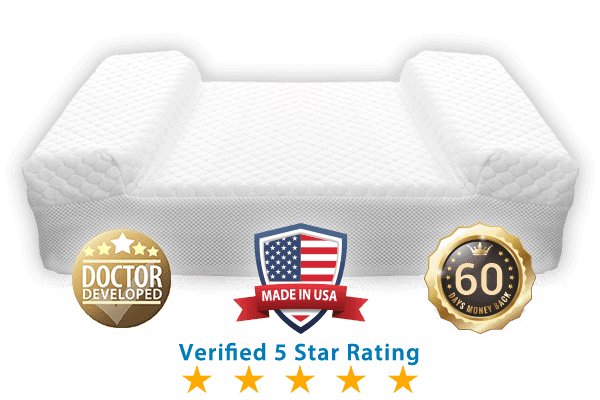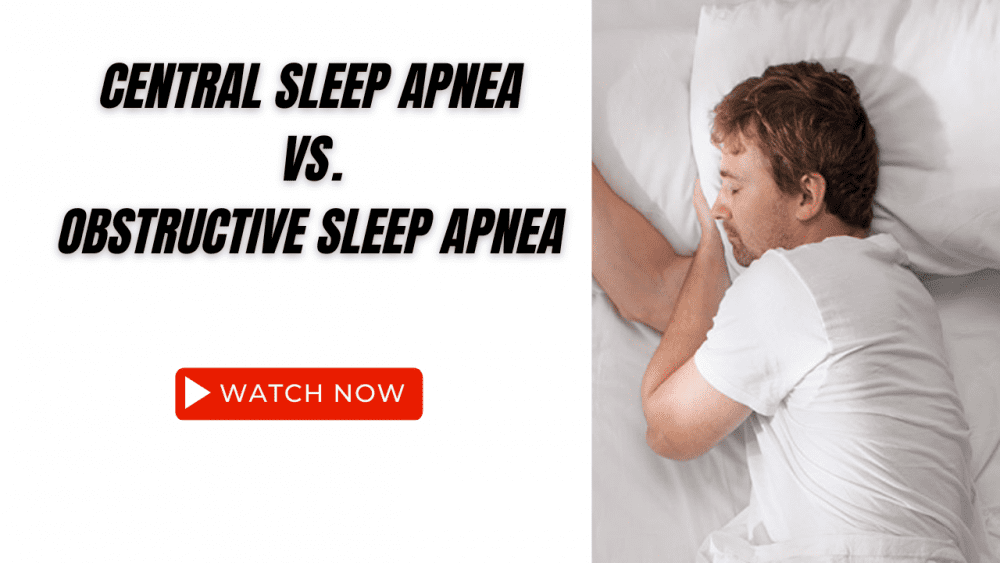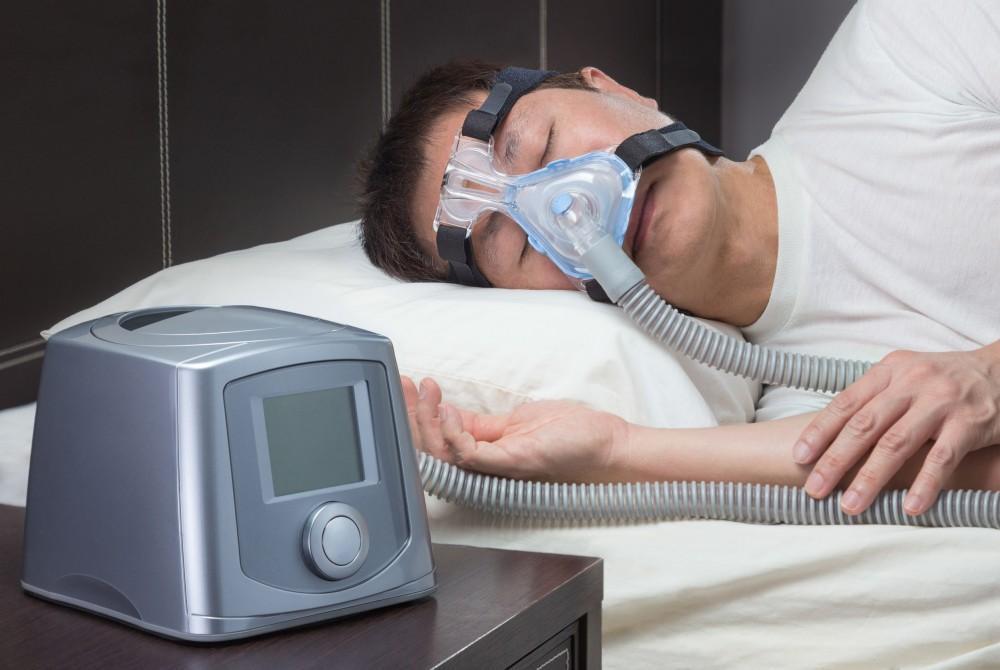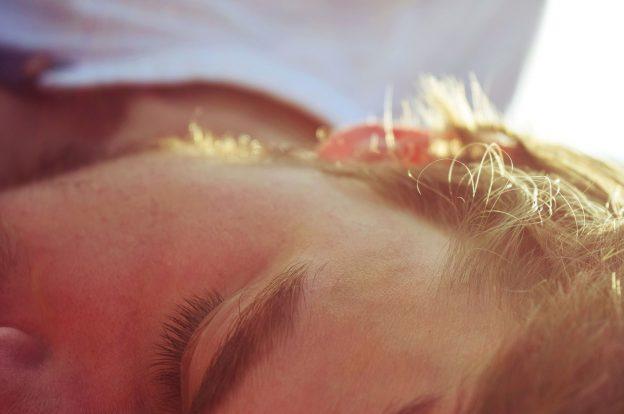
3 Keys to Successful CPAP Treatment

People often mention they have heard about friends or others who have had difficulty with CPAP treatment for sleep apnea. Similarly, some biased dentists will often quote unsubstantiated statistics on the lack of successful CPAP treatment.
Unfortunately, these types of stories sometimes give CPAP an unwarranted bad reputation. Dental professionals and medical professionals alike should be careful not to dissuade people from seeking proper and effective treatment for sleep apnea. The scientific evidence showing a clear correlation between obstructive sleep apnea (OSA) and a number of other significant medical conditions has been frequently documented.
Read More: Sleep and Eye Disorders: What You Should Know
Some of these related health problems include: hypertension, atrial fibrillation, congestive heart failure, heart attack, stroke, obesity, type 2 diabetes, depressive mood disorder, sexual dysfunction, excessive daytime sleepiness and chronic fatigue.
Here are my three keys to help increase the chances of successful CPAP treatment:
1. Find the style and size of mask that’s right for you
This is the most important reason so many people have difficulty tolerating CPAP treatment. Because many people are not fitted with , or given the option to find the right style of mask for their comfort, this issue becomes a predisposing barrier to successful CPAP treatment.
People should really be shown several options, including at least one of each of the three most common basic styles of masks — nasal, nasal pillows, and full-face or nasal-oral — during their introduction to CPAP.
Sharing these options allows the user to try on different mask styles and find the one that is most comfortable to them. If they decide they want to switch at any time, they should be allowed to try alternative masks based on their comfort. Finding the right style of mask is really one of the most important steps to achieving successful outcomes with CPAP treatment.
2. Determine the optimal amount of air pressure for your needs
Everybody is different, and an individual’s upper airway anatomy is what determines if they are predisposed to develop OSA. Similarly, the optimal amount of air pressure needed with CPAP treatment depends on each individual’s specific needs. Getting too much or too little for your own specific needs can make CPAP treatment uncomfortable or not completely effective.
Therefore, it’s very important that this is determined properly and correctly. The most optimal way to accomplish this is to perform a CPAP study, in which you spend the night in the sleep lab and undergo CPAP treatment to determine what style of mask and amount of pressure is best for you.
With advances in technology, we commonly use variable PAP devices that we can set the pressure at a range, so the device can auto-adjust to an individual’s changing needs, within that pressure range. This advancement has greatly improved CPAP adherence and comfort with treatment. So if you feel like you are getting too much or too little air pressure with CPAP, that could create a road block to treatment for you unless you get it corrected.
3. Make sure you are on the right type of PAP device
There are different kinds of PAP devices for OSA treatment. The most common type is CPAP, but there are also variations of CPAP devices. As mentioned variable pressure CPAP devices have become commonplace, and we regularly recommend this type of treatment for most patients. However, in some cases — when a person has severe OSA, a high body-mass index (BMI), or requires high pressures of CPAP, for instance — they may get better results with Bilevel PAP or BiPAP treatment.
Read More: Airing Surpasses Initial Fundraising Goal to Develop World’s First Maskless, Hoseless, Cordless Micro-CPAP
Bilevel PAP treatment delivers two alternating pressures, one higher pressure during inhalation and a lower pressure during exhalation. This drop in air pressure often allows for more effective treatment at higher pressures, while also making PAP treatment more comfortable. As mentioned, it can be especially helpful for individuals requiring higher pressures for optimal treatment, those who are morbidly obese, and those who have a history of smoking tobacco. Finally, Bilevel PAP can also be used to help people who have difficulty tolerating CPAP, even at lower pressures. The last type of PAP device is called ASV PAP, which is short for adaptive servo-ventilation.
ASV PAP is approved for use in people who have been diagnosed with complex or central sleep apnea. Complex sleep apnea is basically a combination of obstructive and central apnea events. In cases of complex sleep apnea, it is often observed that CPAP and Bilevel PAP are not completely effective in eliminating the central apnea events. Therefore, they only work to partially address the problem. It is in these cases that ASV PAP becomes the treatment of choice because it can completely eliminate the various types of apneas from occurring by providing optimal treatment. ASV PAP uses three to four different pressure settings that can be adjusted by your sleep health care professional.
The bottom line here is to make sure you are working with a knowledgeable sleep health care professional to get the best results and to ensure your success with any type of treatment for OSA or complex sleep apnea.
With the right information and the right support team and sleep health care professional, you can greatly enhance your chances of successful sleep apnea treatment. As we discussed, these three keys are the best way to increase the odds in your favor to get the best outcome with CPAP treatment possible.

You Might Also Enjoy...


Dr. Kakar Products

Central apnea vs. Obstructive sleep apnea

Warning to Patients about Ozone Cleaners

Ways to Help You Keep Hope Alive

